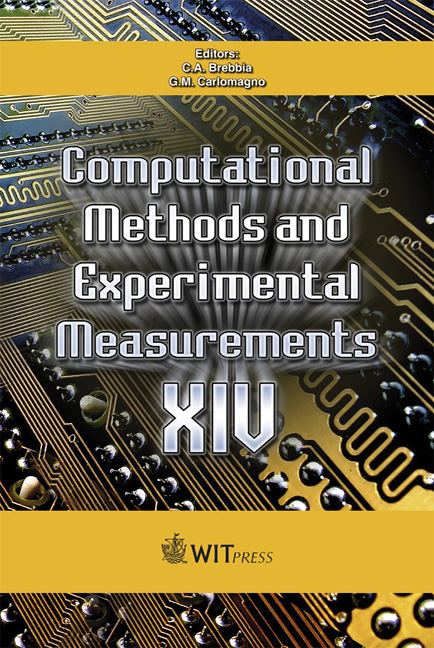Sub-ppb NOx Detection By A Cavity Enhanced Absorption Spectroscopy System With Blue And Infrared Diode Lasers
Price
Free (open access)
Transaction
Volume
48
Pages
13
Page Range
203 - 215
Published
2009
Size
2,306 kb
Paper DOI
10.2495/CMEM090191
Copyright
WIT Press
Author(s)
Z. Bielecki, M. Leszczynski, K. Holz, L. Marona, J. Mikolajczyk, M. Nowakowski, P. Perlin, B. Rutecka, T. Stacewicz & J. Wojtas
Abstract
This paper presents opportunities of application of cavity enhanced absorption spectroscopy (CEAS) in nitrogen oxide (NOx) detection. The CEAS technique is based on the off-axis arrangement of an optical cavity. In this system, an absorbing gas concentration is determined by measurement of the decay time of a light pulse trapped in an optical cavity. Measurements are not sensitive to laser power fluctuation or photodetector sensitivity fluctuation. In this configuration, the setup includes the resonance optical cavity, build with spherical mirrors of high reflectance. Pulsed lasers are used as the light sources. NOx detection is carried out in the blue and far infrared range. The signal is registered with a newly developed low noise photoreceiver. The features of the designed system show that it is possible to build a portable trace gases sensor. Its sensitivity could be comparable with that of chemical detectors. Such a system has several advantages: relatively low price, small size and weight, low power consumption, and the possibility of the detection of other gases. Keywords: CEAS, NOx sensor.
Keywords
CEAS, NOx sensor.





